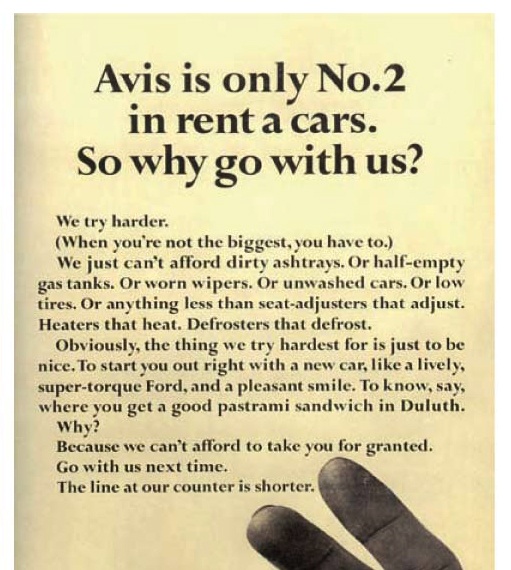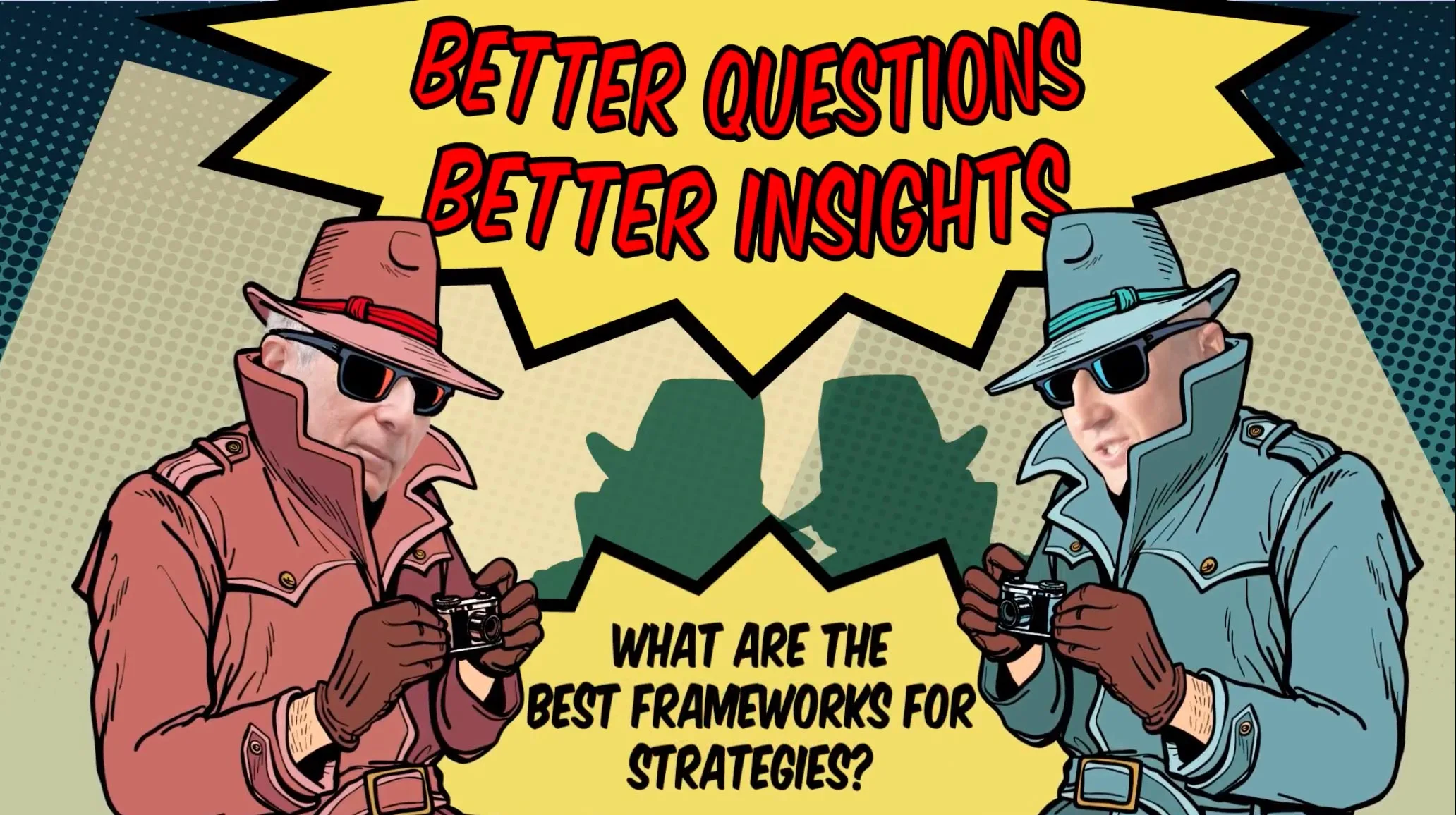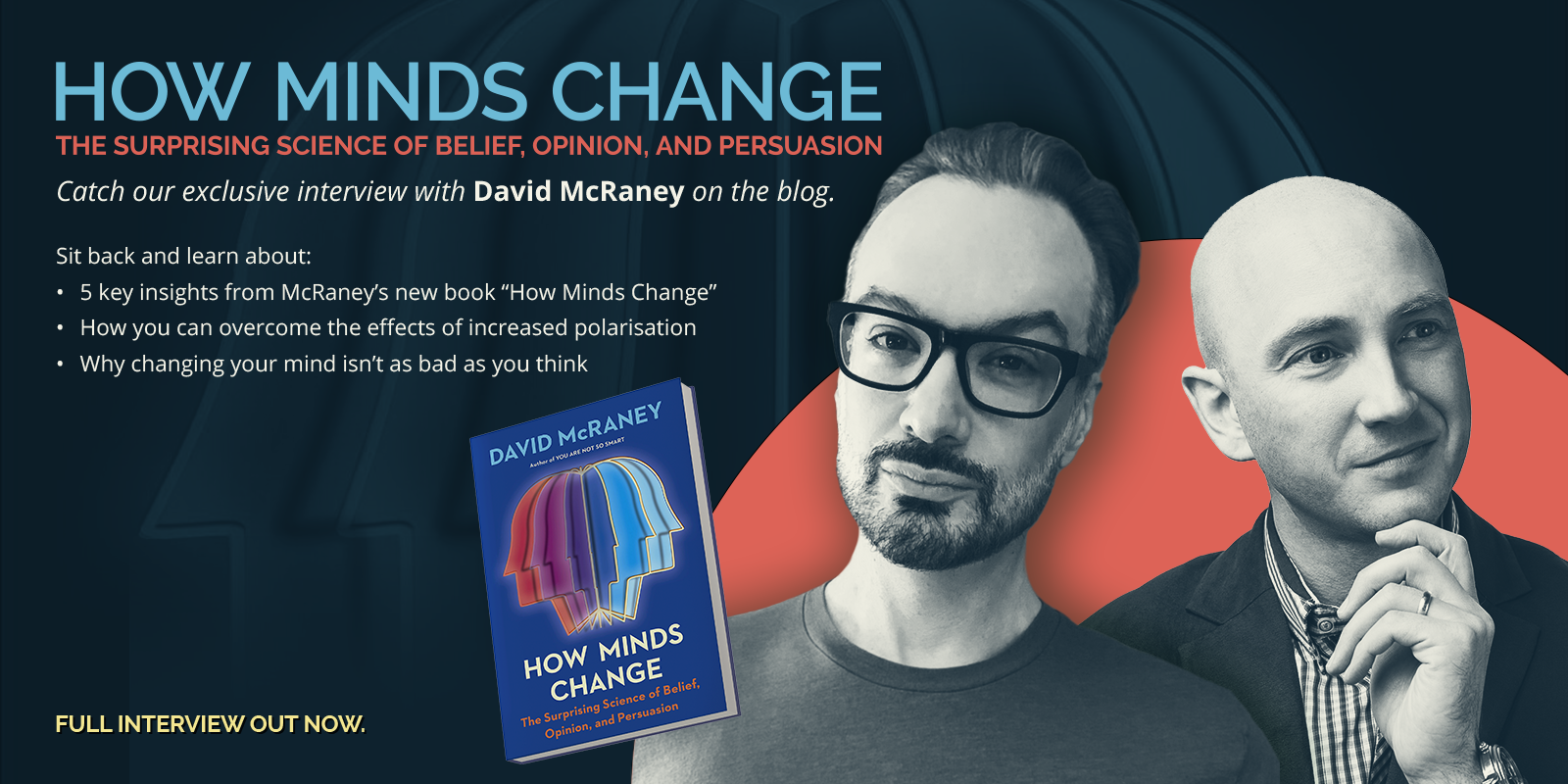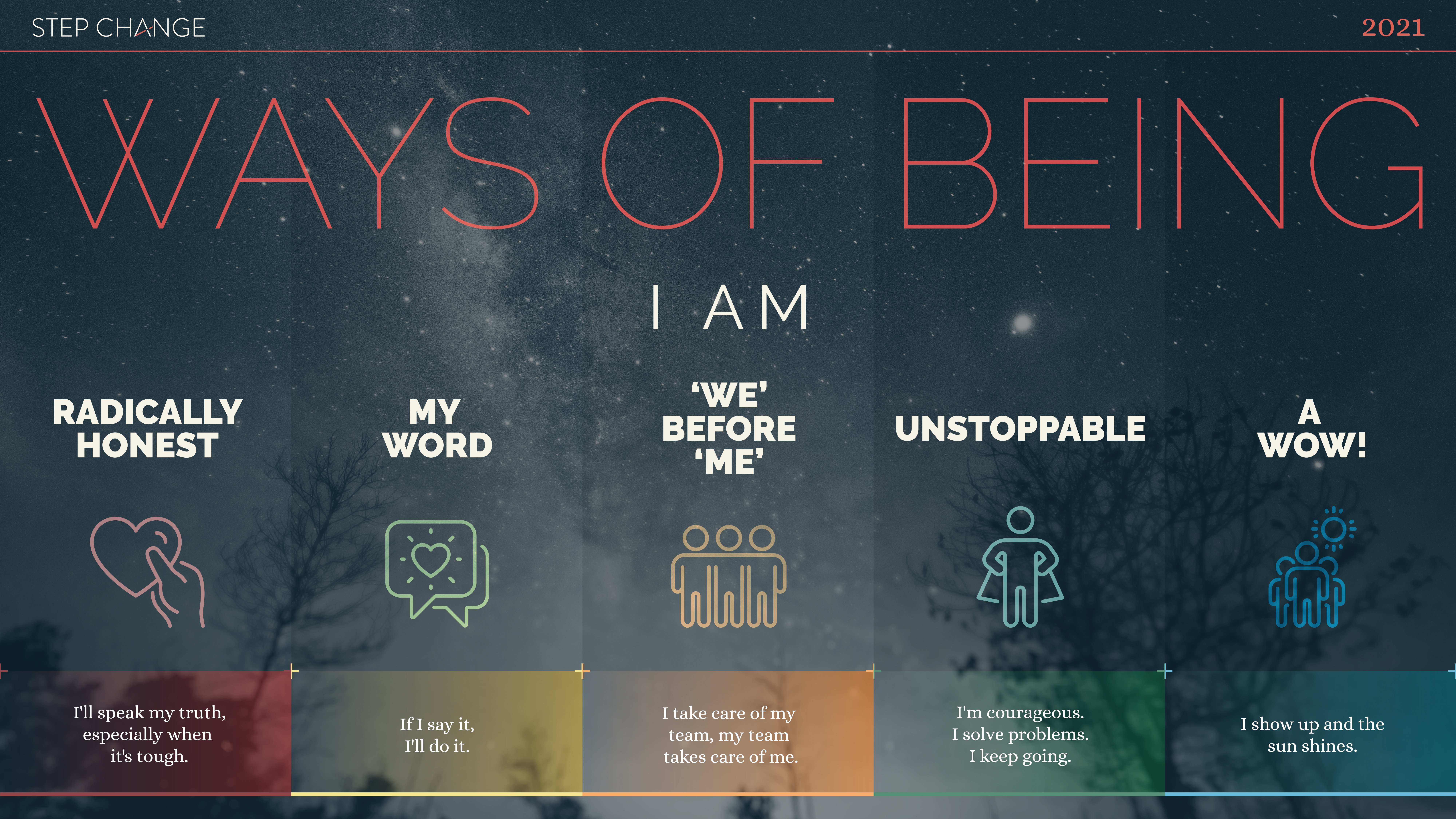Most businesses talk about the same things and forget to mention the things that make them truly different. If you’re competing with a giant in your category and talk about the same things as they do, you’ll lose.
The human memory and perception are highly selective. In fact, research shows that a human mind can only easily hold seven chunks of information in the short-term memory. This is why it matters a great deal to be number 1 in your customers’ minds.
To prove this point, take this quick quiz:
- Who was the third man to walk the moon?
- What is the second highest mountain in Australia?
Were you able to answer the questions? (Answers are at the end of the article.)
Most of you, if not all, won’t.
Because nobody remembers number 2 and number 3.
This applies to businesses as well. Your goal is to remain top of mind among your customers. How do you do this? You need to think of something you want your brand to be known for and create a distinct position for your brand in your customers’ minds.
In this blog post, you will learn everything you need to know about brand positioning.
What Is Brand Positioning?
Positioning is about defining that single thought or idea you want to own and then focusing on owning it. And by “single thought”, I mean the strongest and most persuasive thought you wish to be known for in the customers’ mind. It must be true to you, relevant to your audience, and must make it difficult for your competition to compete.
It tells potential clients what you do and why you’re different from the competition. It encompasses your business’s purpose, promise to clients and key strengths all in one simple line.
It guides your business’s tone, language, and focus when discussing its features. If you have figured out your business’s value proposition, the brand positioning is actually what you want to communicate to achieve your communication’s goals.
How to Position Your Brand
The basic positioning approach is not to create something new and different but to manipulate what’s already up there in the mind, to retie the connections that already exist.
Sometimes positioning can be confused with simply trying to change people’s minds. But you need to take note that mind-changing is the road to advertising disaster.
“We’re better than our competitors” isn’t repositioning. It’s comparative advertising and generally not very effective.
What you need to be doing is to really get into the emotional benefit that you offer your customer. When your customer thinks about you, how do you want your customer to feel?
Take, for example, Avis.
A car rental company, Avis was only second to the market leader of the time, Hertz. They used this fact to come up with a bold, genius statement:

Image source
What made this campaign appealing to customers was their honesty — they were not the best out there but that only made them work harder to give the best to their customers. This positioning statement landed Avis from a 10% to 35% annual increase in revenue.
After years of experience working with the big and challenger brands, we gathered 23 brand positioning territories successful businesses use.
23 Brand Positioning Territories .png?width=1487&height=2909&name=Brand%20Proposition@2x%20copy%20(1).png)
1. Price: The cheapest or best value
Coles and Walmart focus on the price or value that they offer. The words “save every day” and “always low prices” are the most persuasive thoughts in the customer’s mind when they think of these brands.
This positioning territory focuses on the large range of products or services your brand offers. This territory’s aim is to fix range into the consumer’s mind so if breadth of choice is the need, then you’re the brand that comes to mind.
Positioning on size says, “The bigger, the better.” By stressing the size or number of outlets your brand has, consumers are made aware of the brand’s market leadership. This territory taps into Robert Cialdini’s social proof of “If they’re big, everybody must be using them, so they must be good”.
If your brand has been in the industry the longest, you may position your brand towards being the original brand. This adds reliability and increases the perception of your brand’s quality. Paddy Pallin and Westpac dominate the “first” territory by using the words first and since.
The “ease” positioning territory is used for products and services that are simple to use or make life easier. Ikea focuses their positioning around the simple and easy assembly of their products, while ING focuses on removing the complexity of financial services.
Technology and courier services are industries that typically aspire to own the “speed” territory. The decreasing level of consumer patience means that speed is a big factor in consumer choice. Therefore associating speed with your brand is also an effective positioning strategy.
7. Reliability: The most trusted
Focusing on the reliability territory is an effective positioning territory when the brand’s products need to be trusted. FedEx builds this trust with the consumer by using the words absolutely and positively, which became one of advertising’s most well-known and powerful promises.
As we see from the Rolex ad, having celebrity endorsements is a shortcut to trust and a quick way to trust brand cache.
8. The niche market territory: Products for X
Brands focusing on the niche market territory adopt the “inch-wide, mile-deep” approach: how can your brand be offered narrowly enough to be the first, second, or third in your category (inch), and are there enough consumers in that category so that you’ll never run out of customers (mile)? This means the brand and messaging is specialised and uniquely positioned to appeal to their focused market. Because niche marketing tends to let customers associate or draw affinity with an identity, it can often form strong and lasting bonds.
R.M. Williams‘s positioning helps them dominate their niche market as ‘The Bush Outfitter’.
Apple’s positioning helps them dominate their niche market as ‘The Crazy Ones‘.
9. Geographical positioning: Australia’s own
Geographical positioning has the potential to make brands national icons. Vegemite and Qantas are brands that have achieved this and are considered Australia’s own.
When customers purchase with a socially responsible brand, they feel a level of social reward in addition to the normal benefits they receive from your product or service.
A few examples of socially responsible brands are Toms Shoes, Conscious Step, and The Body Shop.
11. Environmentally responsible
Brands may sell themselves as environmental advocates. Persuading consumers they care for the environment is an increasingly important factor, especially with chemical or non-renewable products that affect buyer behaviour.
While brands often overstate the environmental “pull”, when performance and price are comparable, the value of being environmentally responsible can be a real differentiator.
One significant example is Zipcar, whose proposition is: “To urban-dwelling, educated techno-savvy consumers, when you use Zipcar car-sharing service instead of owning a car, you save money while reducing your carbon footprint.”
12. Personal expression: Express yourself
Personal expression is a core human driver. Apple’s “Think different”, and Smart’s “Open your mind” both challenge and command consumers to do so to set themselves aside from their competitors.
For instance, Burger King challenged the ubiquity of the Big Mac being for everyone by creating the now classic positioning “Have it your way”.
13. Personal enrichment: To reward or to discover new things
Marketing legend Dave Trott talks about two things being required to prompt action: desirability and permission. This territory of rewarding and indulgent nature uses this as leverage to stand out from their competition. L’Oreal’s “Because you’re worth it” and KitKat’s “Have a break” persuade the consumer they have deserved the personal enrichment and/or experience.
14. Social enrichment: Connect to others
This territory focuses on connecting people in their communities and around the world. Who does this best? Facebook.
15. Innovators: The first with what’s next
Target innovative and technically savvy clients by showing you are keeping up with the ‘next big thing’.
16. Fashionable: What’s in right now
Being up-to-date and in style is not just reserved for fashion brands.
17. Tradition
People often recall the past as far more favourable and enjoyable than it actually was. Your brand can benefit from the positive emotions that accompany nostalgia.
18. An occasion
Relate your brand with a particular experience or occasion. One of the smartest ways to position a brand is to associate it with a usage trigger.
19. Exclusive
Position your brand as the ‘in’ group.
20. Leadership: Leading the way
Positioning your brand towards leadership sends a professional and premium message to consumers. Ensure you can back up any claim you make around leadership.
21. Service
This territory positions businesses as the best client service around. If you choose this positioning, ensure you can match your claims with big action.
22. Smart: The clever choice
Everyone wants to partner with the smartest person in the room. This positioning anchors your brand as the smart choice.
23. Most popular: the people’s choice
The most popular brand, or the people’s choice, is a positioning that increases consumer trust in your brand.
Once you’ve decided on your brand’s positioning, this becomes your foundation when you build the brand experience across your entire marketing strategy.
Conclusion
There you have it, the 23 brand positioning territories. Now have a look at your business — are you occupying a territory in the minds of your customers? If not, it’s not too late to think about it with the rest of your team and stakeholders: what’s the strongest and most persuasive thought you want to be known for?
* Answers:
1. Charles Peter Conrad was the third man to walk the moon.
2. The second highest mountain in Australia is Townsend in NSW.
















